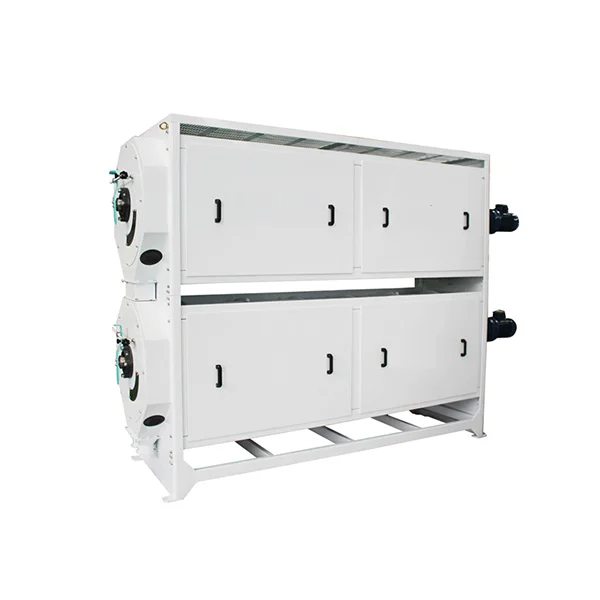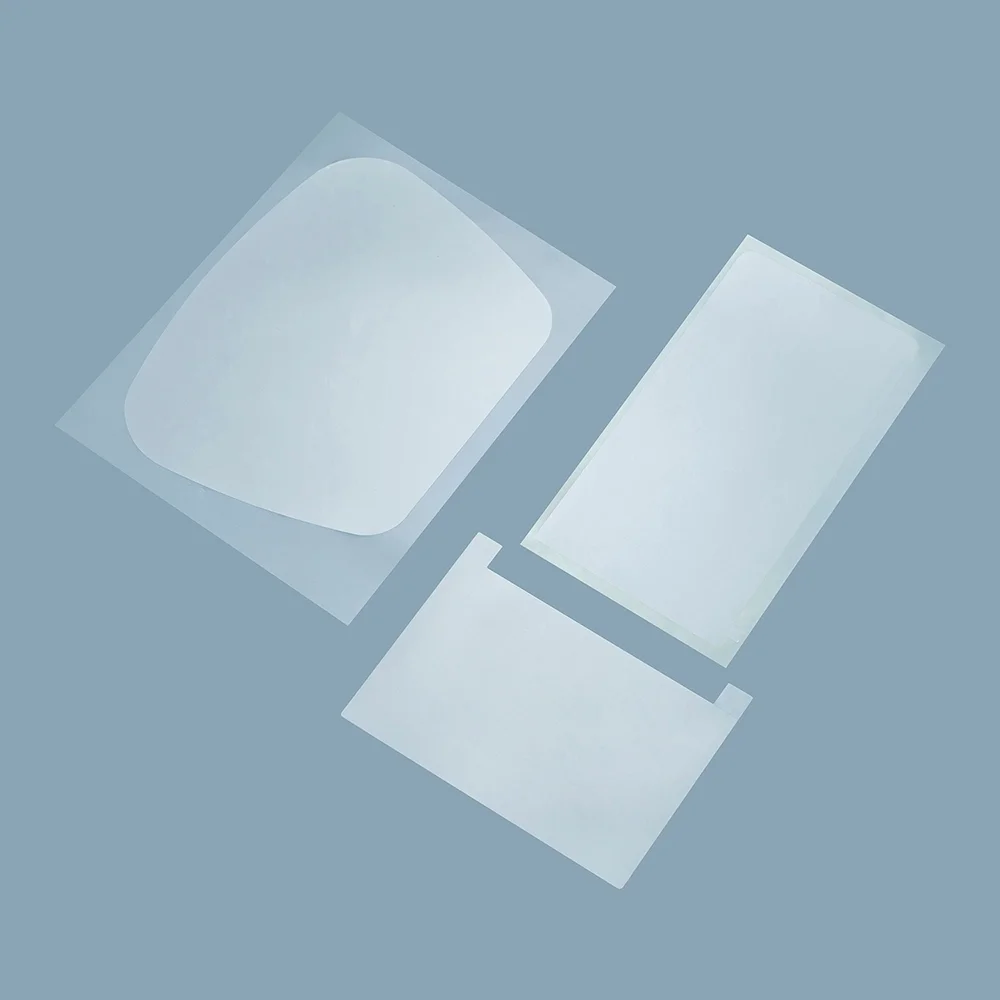In the competitive rice processing industry, the rice length grader machine has emerged as a critical tool for ensuring premium rice quality. By separating broken rice from full and long grains, this machine not only improves the appearance and market value of rice but also optimizes production efficiency. In this blog post, ODDLY, a high performance length grader factory, will share the benefits of smart rice length grader machine for sale, its industrial applications, etc.
Understanding the Rice Length Grader Machine
A rice length grader machine is designed specifically to differentiate rice grains based on their length. Broken rice, which results from mechanical processing or handling, can reduce the commercial value of a batch if not properly separated. The machine uses a combination of precision sieves, vibration, and controlled airflow to grade rice grains into full, long, and broken categories.
This process ensures uniformity in rice appearance, which is crucial for both domestic consumption and export markets. Unlike manual sorting methods, the rice length grader machine provides consistent results, minimizes human error, and preserves grain integrity.
How the Rice Length Grader Machine Separates Broken Rice
The core function of a rice length grader machine is the separation of broken rice. During operation, rice passes through adjustable sieves or grading chambers that classify grains according to length. Operators can modify the sieve size and settings depending on the desired head rice yield and selection criteria.
This flexibility ensures that high-value long rice is preserved while broken or smaller grains are efficiently removed. Maintaining a high head rice rate is essential for maximizing profitability, especially in markets that prioritize premium, unbroken rice varieties.

Flexible Adjustments for Different Rice Varieties
Modern rice length grader machines offer flexible adjustment capabilities, allowing operators to tailor the grading process to specific rice varieties and production goals. Depending on the type of rice—whether long-grain Basmati, medium-grain Jasmine, or short-grain Japonica—the machine can be calibrated to optimize separation efficiency.
By adjusting vibration intensity, sieve angles, and air suction, the machine can achieve precise sorting results. This flexibility reduces waste, enhances productivity, and ensures that the final rice product meets industry standards and consumer expectations.
Protecting Rice Grain Integrity
A significant advantage of using a rice length grader machine is its ability to protect the surface of rice grains. Unlike abrasive or manual sorting methods, this machine employs gentle handling mechanisms that minimize grain breakage during processing.
Maintaining intact rice grains is essential not only for aesthetic appeal but also for preserving nutritional value. By reducing additional breakage during grading, the machine contributes to higher head rice yield, which is a key performance indicator in rice milling operations.
Optimizing Head Rice Rate with Length Grading
The head rice rate refers to the proportion of whole, unbroken rice grains in a batch. A high head rice rate is critical for pricing and market competitiveness. Rice length grader machines provide operators with precise control over this metric, allowing for free adjustment according to production requirements.
By accurately separating broken grains and preserving whole rice, the machine ensures that the head rice rate remains consistently high. This capability not only maximizes revenue but also improves the overall quality perception of the rice brand.
Industrial Applications of Rice Length Grader Machine
Rice length grader machines are widely used in rice mills, processing plants, and export-oriented facilities. Their primary application is in the selection of broken rice, but they also play a role in quality assurance for packaged rice products.
In large-scale operations, these machines can handle significant quantities of rice per hour, ensuring efficiency and reducing labor costs. Additionally, their precision grading capabilities make them suitable for specialty rice varieties where consistency and appearance are paramount.
Key Factors to Consider When Choosing a Rice Length Grader
When selecting a rice length grader machine, several factors must be considered:
-
Processing Capacity – Machines should match production volume requirements. High-capacity graders can process several tons of rice per hour.
-
Adjustability – Flexible settings for sieve size, vibration, and airflow are essential for handling different rice types.
-
Grain Protection – Look for machines designed to minimize breakage and maintain surface integrity.
-
Ease of Maintenance – Machines with simple adjustment mechanisms and accessible parts reduce downtime and maintenance costs.
-
Energy Efficiency – Efficient machines can reduce operating costs while maintaining high performance.
Integrating Rice Length Graders into Modern Milling Lines
In modern rice processing plants, rice length grader machines are typically integrated into a series of processing steps. After cleaning, dehusking, and polishing, rice passes through the grader to ensure quality control.
Integration allows for continuous, automated grading with minimal human intervention, which increases throughput while maintaining consistency. Additionally, grading data can be collected for analysis, helping mills optimize operations and improve product quality over time.
Enhancing Product Value Through Consistent Rice Grading
Consistent rice grading with a rice length grader machine has a direct impact on product value. Long, unbroken grains are highly valued in both domestic and international markets, and properly graded rice enhances consumer satisfaction and brand reputation.
By reducing the proportion of broken rice, mills can command higher prices and differentiate their products in competitive markets. Moreover, precise grading reduces waste and allows broken rice to be used for alternative applications, such as rice flour production, maximizing resource utilization.
Conclusion
The rice length grader machine is an indispensable tool for any rice processing facility aiming for high-quality output. By efficiently separating broken rice from whole grains, protecting grain integrity, and allowing flexible adjustments, the machine ensures consistent results and higher profitability.
As the global demand for premium rice continues to grow, investing in advanced rice grading technology is essential for mills seeking to maintain a competitive edge. From small-scale operations to large industrial facilities, the rice length grader machine remains a cornerstone of modern rice production.
www.oddlyricemill.com
ODDLY

Average Rating